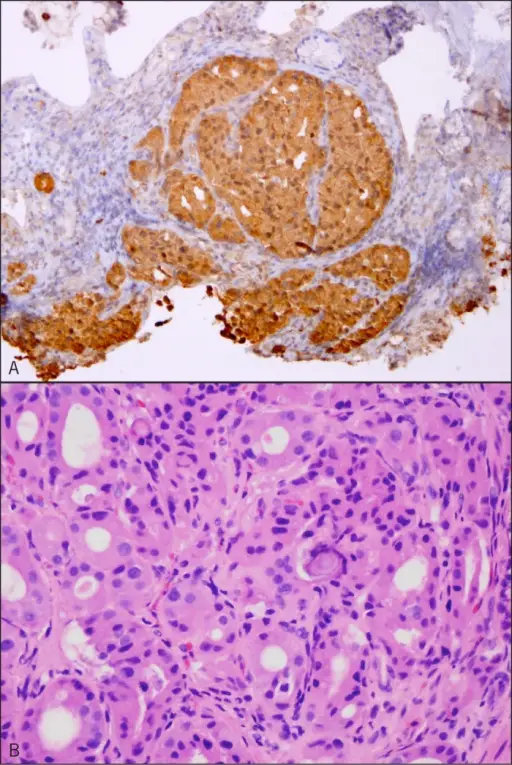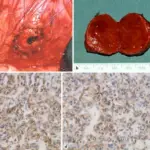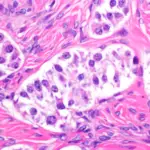Somatostatinoma is a rare tumor of the endocrine system that is characterized by increased production of the somatostatin hormone.
What is the Pathology of Somatostatinoma?
The pathology of somatostatinoma is the study of the disease that occurs in the pancreas or the GIT state that causes increased production of the somatostatin hormone:
-Etiology: The cause of somatostatin is multiple endocrine neoplasias.
-Genes involved: MEN 1.
-Pathogenesis: The sequence of events that lead to somatostatinoma is believed to result from the inhibitory action of somatostatin.
-Morphology: None.
-Histology: None relevant.
How does Somatostatinoma Present?
Patients with somatostatinoma typically are both male and female present at age range of 20-80 years. The symptoms, features, and clinical findings associated with somatostatinoma include weigt loss, steatorrhoea, and diarrhea.
How is Somatostatinoma Diagnosed?
Somatoststinoma is diagnosed by physical examination, CT scan, MRI, somatoststin receptor scintigraphy, and angiography.
How is Somatostatinoma Treated?
Somatostatinoma is treated by insulin therapy. Surgery may be needed as well.
What is the Prognosis of Somatostatinoma?
The prognosis of somatostatinoma is good because it has a 10-year survival rate.



